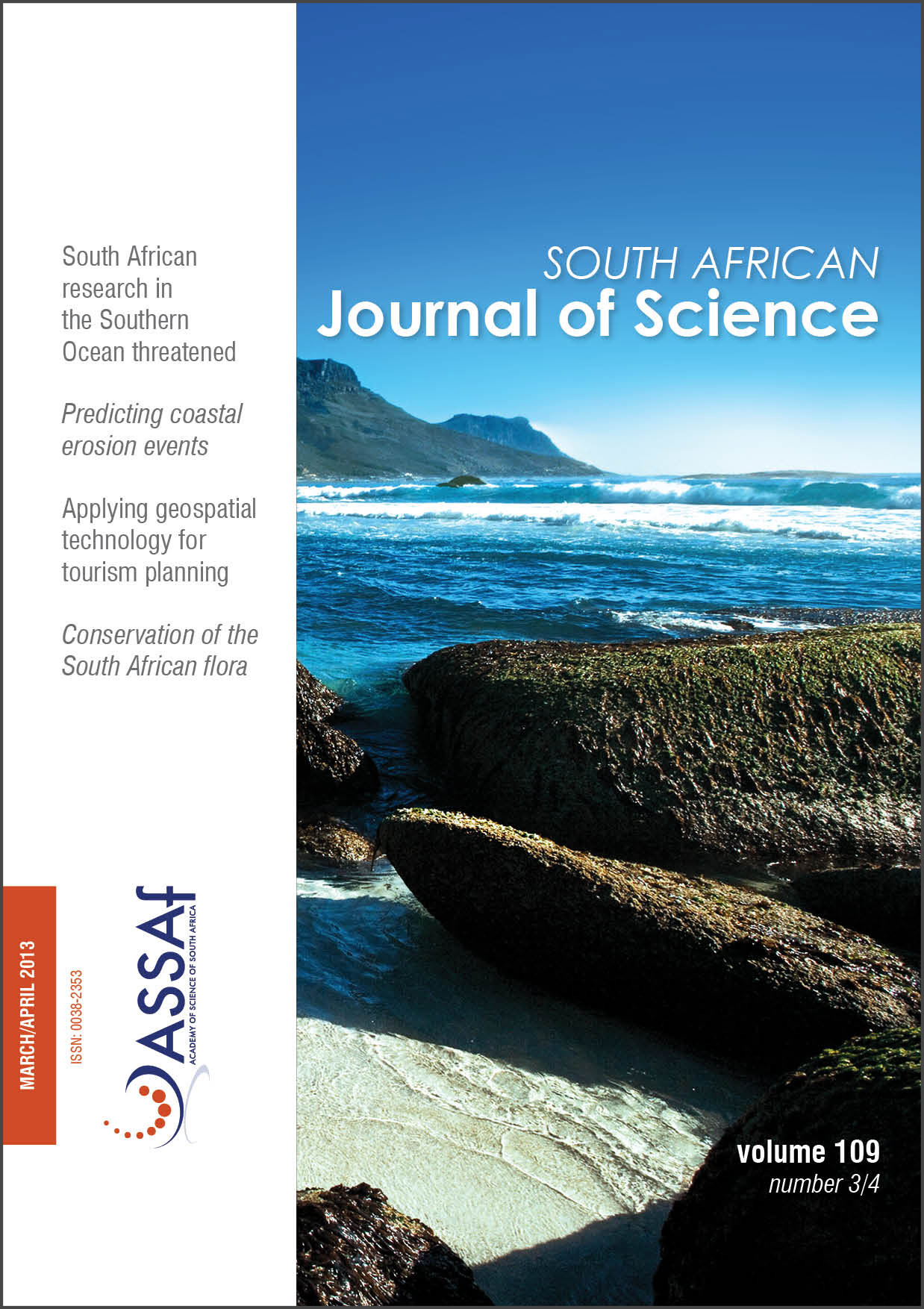Application of geospatial technology for gap analysis in tourism planning for the Western Cape
DOI:
https://doi.org/10.1590/sajs.2013/1226Keywords:
geographical information system, multiple criteria evaluation, tourism planning, spatial planning, Western CapeAbstract
We report on the use of modern spatial computing technology in the development of spatial tourism policy and planning in the context of a bounded resource base. We refer briefly to provincial tourism development policy, expand on the tourism marketing framework and use the express tourist preferences to determine suitability indicators or attraction features for a spatial tourism resource base, paying special attention to the conceptual foundations of attraction and the mapping of tourism potential variables. We applied the methodology to a combination of tourism products in the Western Cape Province of South Africa in an approach that involved applying the spatial multiple criteria evaluation through the weighted linear combination of spatial factor layers as images in a geographical information system. We performed an analysis of the gap between tourism potential and tourism resource provision at a spatial resolution of individual towns’ spheres of influence, as represented by Thiessen polygons. The outcome in map format demonstrates the applicability of the technique to the Western Cape. The fine-scale spatial result was analysed for its strategic planning implications. Our results are useful for entrepreneurial and regulatory planning and can be replicated in different spatial locations if the appropriate database can be constructed.
Downloads
Published
Issue
Section
License

All articles are published under a Creative Commons Attribution 4.0 International Licence
Copyright is retained by the authors. Readers are welcome to reproduce, share and adapt the content without permission provided the source is attributed.
Disclaimer: The publisher and editors accept no responsibility for statements made by the authors
How to Cite
- Abstract 457
- PDF 641
- EPUB 175
- XML 251
- Supplementary Material 216













.png)